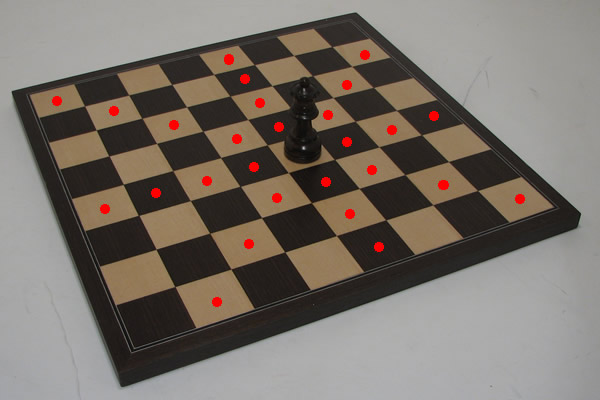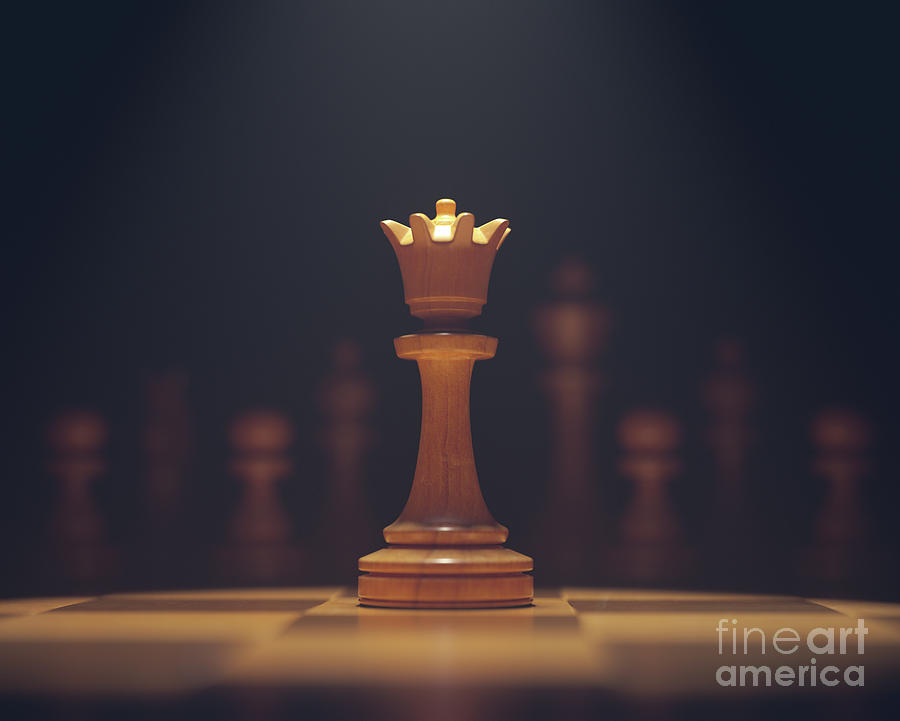

The king cannot be captured, only put in check. The captured piece is thus removed from the game and may not be returned to play for the remainder of the game. When a piece is captured (or taken), the attacking piece replaces the enemy piece on its square (en passant being the only exception). Enemy pieces cannot be passed, but they can be "captured". One's own pieces ("friendly pieces") cannot be passed if they are in the line of movement, and a friendly piece can never replace another friendly piece. With the exception of the knight, pieces cannot jump over each other.

In practice, the pawn is almost always promoted to a queen. If a pawn advances all the way to its eighth rank, it is then promoted (converted) to a queen, rook, bishop, or knight of the same color. They can capture an enemy piece on either of the two spaces adjacent to the space in front of them (i.e., the two squares diagonally in front of them), but cannot move to these spaces if they are vacant. Pawns are the only pieces that capture differently than they move. When such an initial two square advance is made that puts that pawn horizontally adjacent to an opponent's pawn, the opponent's pawn can capture that pawn "en passant" as if it moved forward only one square rather than two, but only on the immediately subsequent move. If it has not moved yet, the pawn has the option of moving two squares forward, if both squares in front of the pawn are unoccupied.

Pawns have the most complex rules of movement: A pawn can move forward one square, if that square is unoccupied. With one exception (en passant), all pieces capture opponent's pieces by moving to the square that the opponent's piece occupies. Pieces are moved to either an unoccupied square, or one occupied by an opponent's piece, capturing it and removing it from play. The players alternate moving one piece at a time (with the exception of castling, when two pieces are moved at the same time). The colors are chosen either by a friendly agreement, by a game of chance or by a tournament director. One player, referred to as White, controls the white pieces and the other player, Black, controls the black pieces White is always the first player to move. The chessboard is placed so that each player has a white square in the near right hand corner, and the pieces are set out as shown in the diagram, with each queen on a square that matches its color.Įach player begins the game with sixteen pieces: each player's pieces comprise one king, one queen, two rooks, two bishops, two knights and eight pawns. The colors of the sixty-four squares alternate between light and dark, and are referred to as "light squares" and "dark squares". Chess is played on a square board of eight rows (called ranks and denoted with numbers 1 to 8) and eight columns (called files and denoted with letters a to h) of squares.


 0 kommentar(er)
0 kommentar(er)
